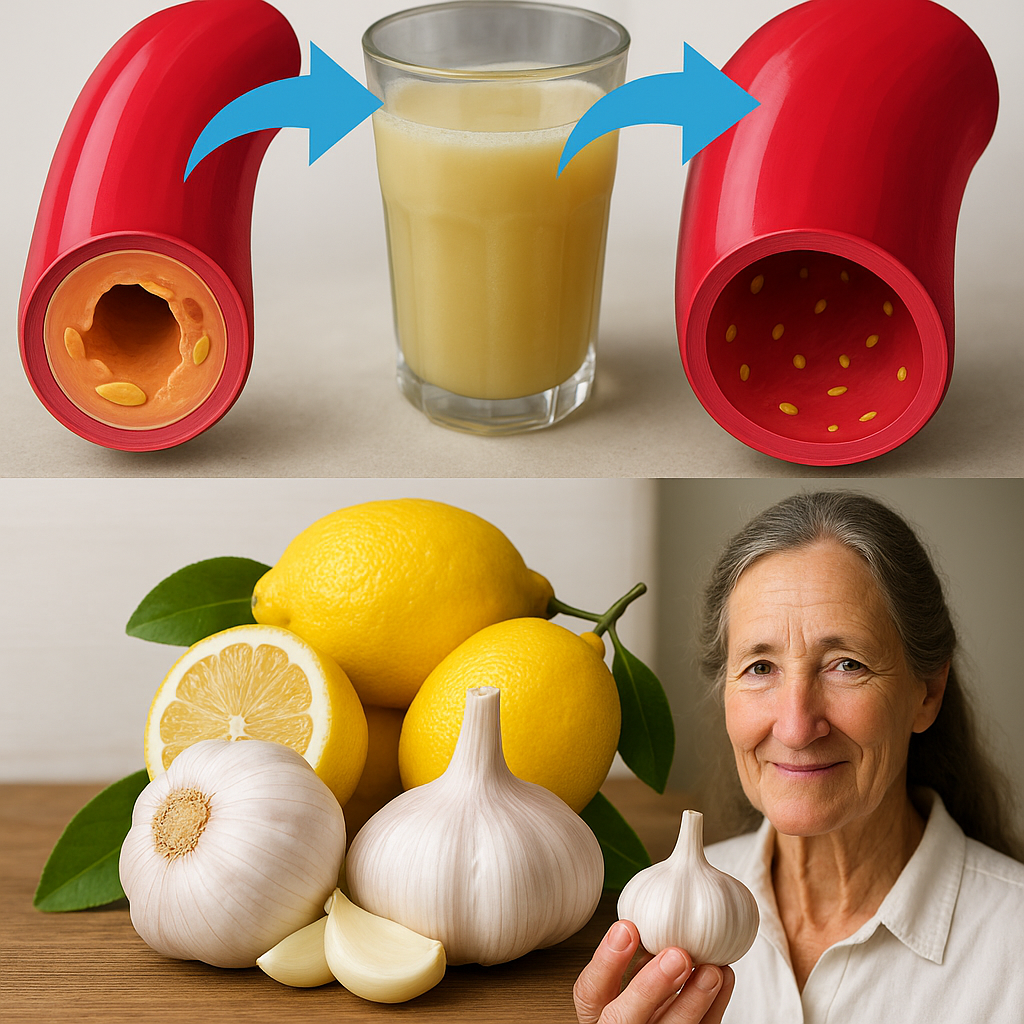In the quiet corners of fields, roadsides, and gardens across the world, a wild and often overlooked plant grows freely: Sonchus arvensis, also known as field sow thistle, hare’s thistle, or perennial sow thistle. While many treat it as a weed, traditional medicine holds this plant in high regard for its medicinal and nutritional potential.
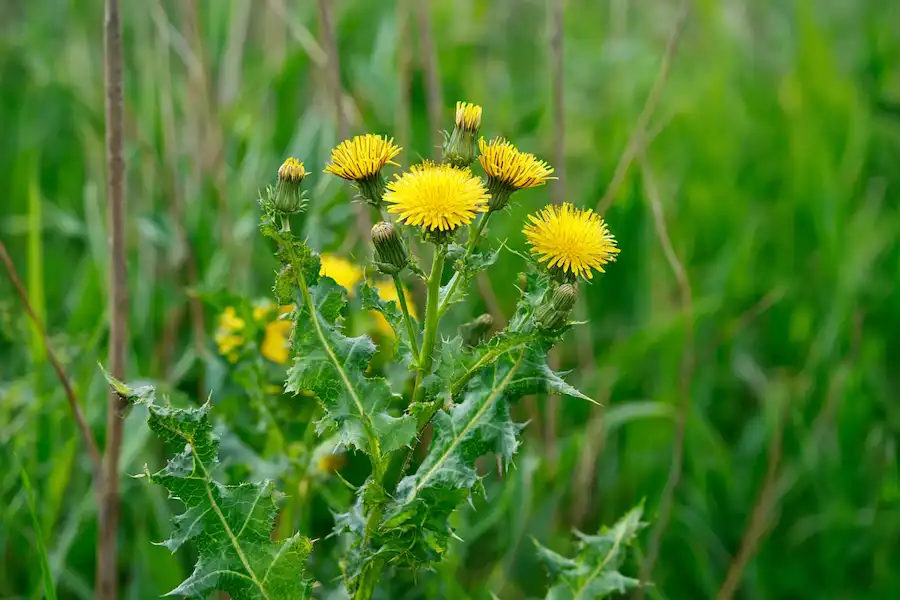
Let’s explore the benefits, traditional uses, and safety considerations of this remarkable wild herb.
🌿 What Is Sonchus arvensis?
Sonchus arvensis is a perennial plant from the Asteraceae family. It grows up to 1.5 meters tall and features spiny, lettuce-like leaves and bright yellow dandelion-like flowers. Native to Europe and Asia, it has now spread to many parts of the world and is often found in disturbed soils and pastures.
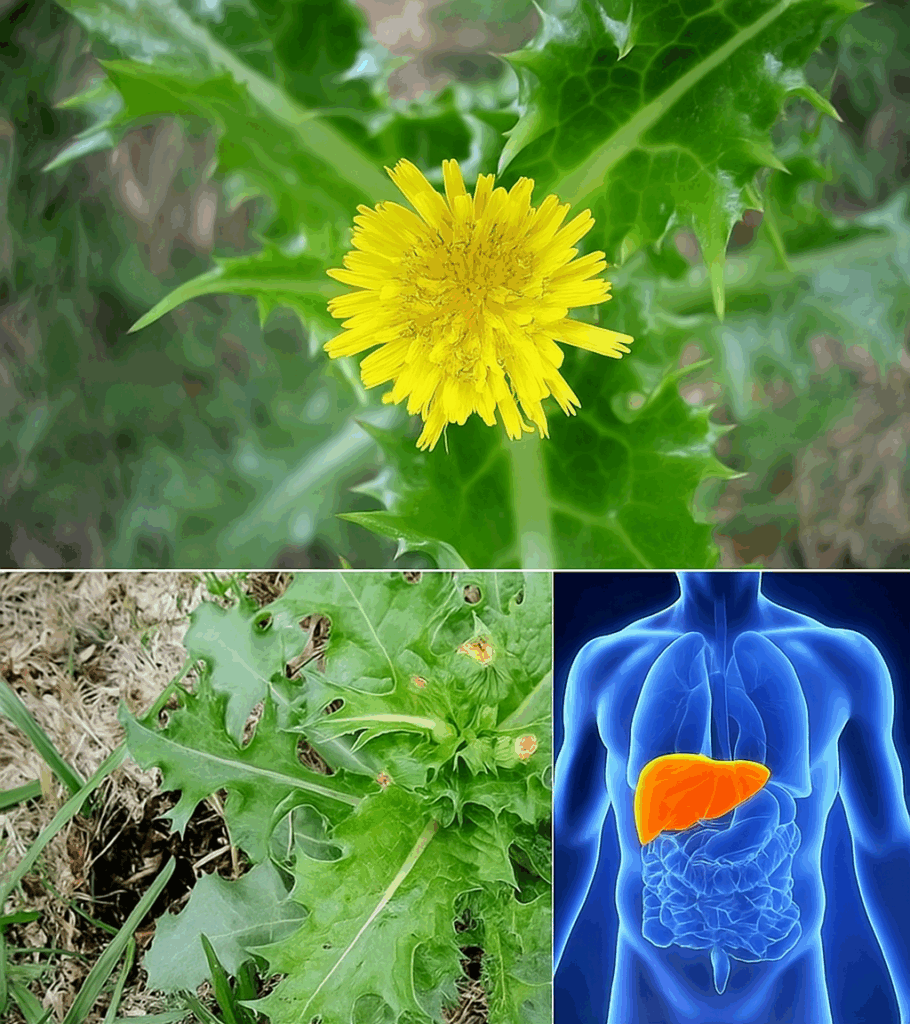
Despite being classified as an invasive species in some regions, this plant has long been used in folk remedies, especially in Eastern Europe, Central Asia, and parts of Africa.
🌱 Health Benefits of Sonchus arvensis
1. Anti-inflammatory Properties
Field sow thistle contains flavonoids and phenolic acids, which are known to reduce inflammation. Traditional healers have used it to calm swollen joints, soothe skin irritations, and relieve internal inflammation.
2. Liver and Gallbladder Support
In folk medicine, Sonchus arvensis has been used as a mild hepatic tonic, believed to support liver detoxification and stimulate bile production. This makes it potentially helpful in managing indigestion and sluggish liver function.
3. Diuretic Action
The plant’s leaves and stems have a mild diuretic effect, helping the body eliminate excess fluids and toxins through urine. It has been used to support kidney function and reduce water retention.
4. Digestive Aid
Fresh young leaves may help stimulate appetite and improve digestion when consumed in small amounts. Some people also use the plant to ease stomach discomfort and bloating.
5. Antioxidant Support
Like many wild greens, Sonchus arvensis is rich in antioxidants that help neutralize free radicals, potentially reducing cellular damage and supporting long-term wellness.
🍽️ How to Use Sonchus arvensis
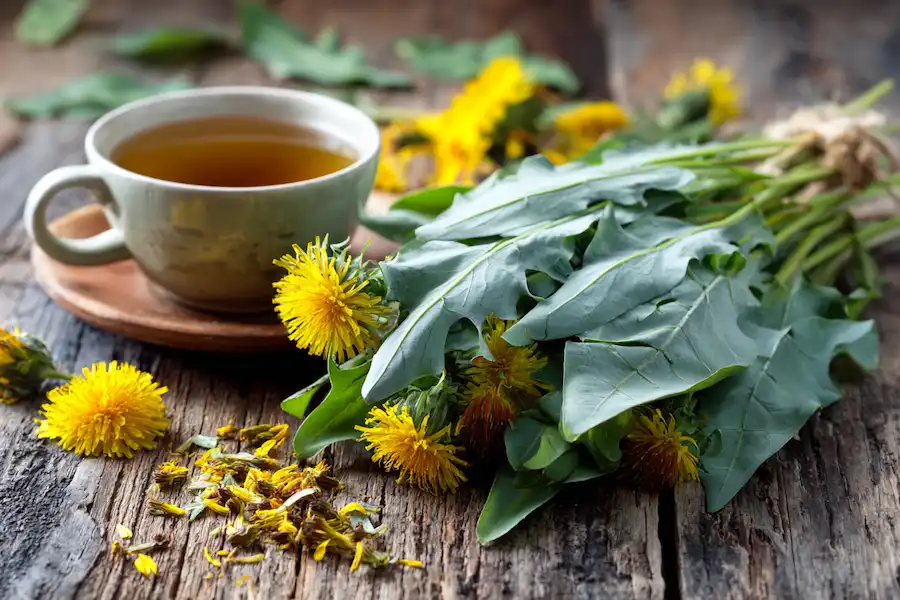
🥗 As a Wild Edible
- Young leaves (before flowering) can be eaten raw in salads or lightly steamed.
- Add to green smoothies or soups for a bitter, nutrient-rich boost.
- The flavor is mildly bitter, similar to chicory or dandelion.
☕ Herbal Infusion
- Dried or fresh leaves can be steeped in hot water (1 tsp per cup) for 10–15 minutes.
- Used traditionally for its diuretic and liver-supporting effects.
🧴 Topical Application
- Poultices made from crushed leaves are applied to the skin to relieve insect bites, rashes, or localized swelling.
⚠️ Important Considerations
❌ Who Should Avoid It:
- Pregnant or breastfeeding women (not enough safety data).
- Individuals with gallstones or kidney issues without medical advice.
- Those allergic to plants in the Asteraceae family (e.g., ragweed, daisies).
✅ Harvesting Tips:
- Only harvest from clean, pesticide-free areas.
- Pick young leaves early in the season for best taste and nutrition.
- Avoid harvesting from roadsides or contaminated urban areas.
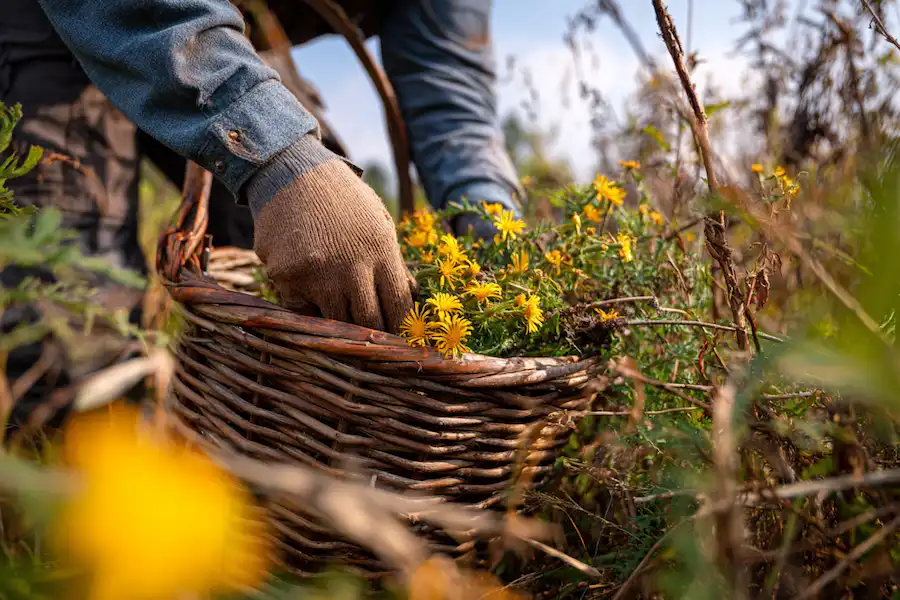
Sonchus arvensis is a perfect example of how nature hides healing in plain sight. While often dismissed as a weed, this wild plant has a long tradition of being used as food and medicine. With anti-inflammatory, digestive, and detoxifying properties, it may offer gentle support to those seeking natural wellness options.
However, as with any wild or medicinal plant, it must be used with knowledge, respect, and caution.
⚠️ Disclaimer:
This article is for informational and educational purposes only and does not constitute medical advice. Always consult with a qualified healthcare provider before using any herbal or wild plant remedy, especially if you have a medical condition or are taking medication.


